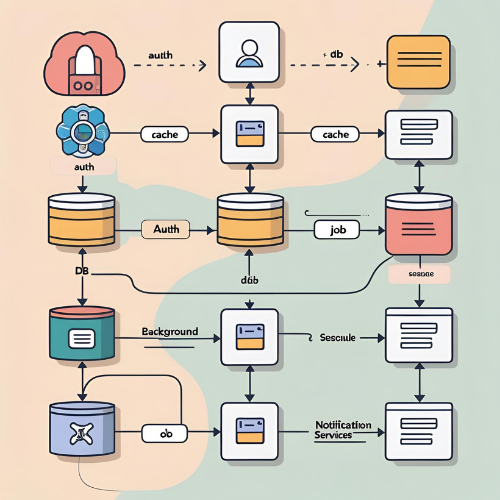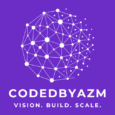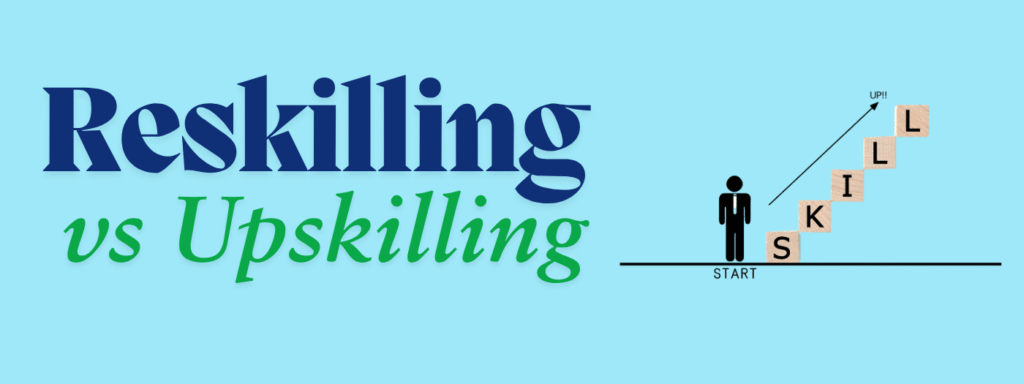Beyond CRUD: Leveling Up Your Problem-Solving Skills for Complex System Design
Let’s be real most developers start their journey with CRUD. And you know what? That’s perfectly fine. Create, Read, Update, Delete operations are the foundation of web development. They help you understand how apps talk to databases, how APIs work, and how to move data around.
Your first project whether it’s a to-do app, a blog CMS, or a notes tool was probably CRUD at its core. And that’s exactly where it should start.
But here’s the truth: if you stop at CRUD, you’ll hit a ceiling.
Real systems the ones that power businesses, handle payments, scale to thousands of users go far beyond basic data manipulation. This post is a roadmap for what to do next, and how to build systems that actually solve problems.
This post is your guide to going beyond CRUD and tackling real-world development challenges that build confidence and systems that scale.
CRUD Is a Great Starting Point Seriously!
CRUD gives you the basics you need to get moving:
👉 Syntax and structure — How to structure code and work with functions, routes, and models.
👉 Database interaction — Learn how data is stored, queried, and changed.
👉 Frontend-backend communication — Understand how fetch/axios/API calls work.
👉 Fast prototyping — You can build and ship something simple quickly.
It’s especially helpful when learning a new tech stack. Whether it’s Next.js, Angular, or Django, CRUD projects give you a safe environment to get familiar with the toolset.

The First Real Challenges After CRUD
So you’ve built a few CRUD apps. Now what? Here’s what to focus on next:
🔐 Authentication Who Are You?
Handle login/signup, hash passwords, manage tokens or sessions. Learn about JWT, OAuth, or session-based auth.
🧑⚖️ Authorization & Role-Based Logic What Can You Do?
Admins vs users vs moderators every role has different permissions. Implementing this helps you structure access control.
📁 File Uploads Handling the Messy Bits
Users upload files? Now you deal with file types, cloud storage (S3, Supabase, Cloudinary), file size limits, and validation.
✅ Form Validation & Edge Cases
Real users input garbage. Expect it. Learn to validate both client and server-side and gracefully handle all kinds of oddities.
⚠️ Error Handling
Things will break API fails, bad inputs, server issues. Learn how to catch, log, and respond to errors so your app stays usable.
Why Real Systems Go Beyond CRUD
CRUD is about isolated records. Real apps are about flows.
Booking a doctor’s appointment isn’t just create(booking) it involves:
- Checking time slot availability
- Notifying both parties
- Handling conflicts and reschedules
- Time zone management
Real systems must handle latency, concurrency, external APIs, and failure recovery.
Think payments, analytics dashboards, messaging these aren’t just “update a record” scenarios. They’re full systems with moving parts and edge cases.
From Coder to System Thinker
Once you start thinking like a systems designer, you approach problems differently:
🧭 Map Flows, Not Just APIs
Sketch how the user moves through your app. What triggers what? What are the dependencies?
❓ Ask: “What if this fails?”
Assume the worst: network failures, service crashes, user errors. Then design for those scenarios.
🧩 Embrace Queues, Background Jobs, Async
For anything that takes time (emails, uploads, payments), offload it to background workers. It’ll improve speed and stability.
📐 Use Diagrams
Visualize your app’s architecture. Sequence diagrams, flowcharts, and system maps help communicate and plan better.

Your Growth Path Go Beyond CRUD Projects
Some hands-on project ideas that force you to apply these skills:
✅ Multi-user blogging platform
- Roles (author/editor), media uploads, post scheduling, drafts
✅ Simple booking system
- Availability checks, conflict detection, email/SMS notifications
✅ Personal finance tracker
- User auth, secure transactions, summary analytics, tagging/categorization
✅ Mini app clone (simplified)
- Trello → Boards, cards, async updates
- Calendly → Scheduling logic
- Medium → Author/publisher flows
Learn Like an Architect, Not Just a Developer
Your learning approach matters more than you think.
- Ask why Why does this pattern exist? Why is this tool used? Why this structure?
- Follow devs who talk about trade-offs and design decisions
- Study open-source codebases don’t just clone, read how it’s structured
- Write postmortems break down what went wrong and why
Conclusion: CRUD Is Just the Door
CRUD gets your foot in. But the real skills the ones that make you a senior, an architect, or a tech lead come from solving the whole problem, not just saving data.
Whether you’re learning Next.js, Angular, or any modern framework Beyond CRUD is your roadmap. Start with it, but don’t stop there.
Want more hands-on guides and real-world dev strategies?
👉 Follow codedbyazm.com I share weekly tips on backend design, developer upskilling, and building production-ready apps.

